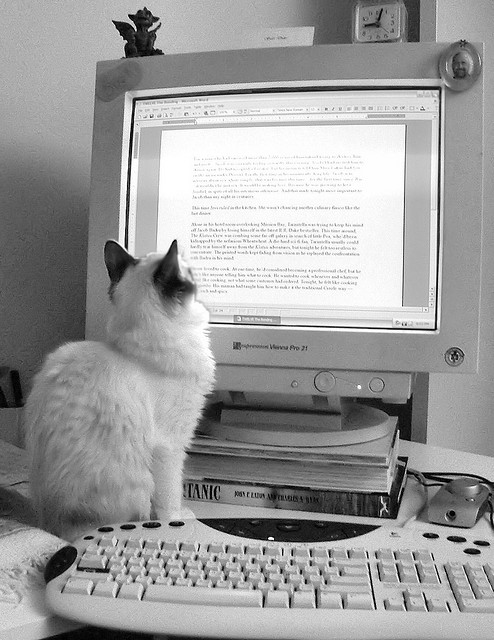Putting together a good piece of writing is, in some ways, like cooking or baking. Here’s what I mean. In order to prepare a dish, you have to do the following:
- Decide what you would like to cook or bake.
- Locate or create a recipe.
- Gather the necesary ingredients and utensils.
- Follow the directions according to the recipe.
- Taste the finished product before serving, if possible, or else take your chances when you present it.
Similarly, when you are faced with the task of writing an article, essay, research report, or any other type of prose writing, you should do the following:
- Decide on your topic and your approach.
- Put together a plan or an outline.
- Gather research materials, if needed, and make sure that you have pens, pencils, paper, or your computer or whatever you will need in order to write your paper.
- Follow your plan or outline.
- Proofread and, if necessary, edit your document, or else take your chances when you submit it.
The key to preparing food and to writing is to know which ingredients and how much of each to use. In cooking and baking, using too much or too little of even a minor ingredient, such as salt, can spoil the entire enterprise. The same is true in writing: the wrong word, or even the right word in the wrong place, can ruin a sentence, a paragraph, or, at times, an entire document.
Sometimes, a word or a phrase may be the correct one to use, and it may be in the right place, but it may be overused or it may not be needed because the idea that you are attempting to convey is already evident. Here are some examples of sentences in which words or phrases are overused; each one is followed by a sentence in which the problem has been corrected, along with an explanation of the correction:
- One of the problems in terms of global warming is that we do not know whether it is even possible to curtail the consequences of global warming.
- One of the problems in terms of global warming is that we do not know whether it is even possible to curtail its consequences. (Use pronouns to avoid the repetition of words.)
- Too many old people in their late eighties live alone, and cannot take care of themselves.
- Too many people in their late eighties live alone, and cannot take care of themselves. (Avoid the use of unnecessary explanatory words or phrases.)
- I tried to think in my mind about how I would solve the puzzle.
- I tried to think about how I would solve the puzzle. (Avoid the use of clichés.)
- Hundreds of happy people were happily celebrating the happy occasion.
- Hundreds of happy people were ecstatically celebrating the joyful occasion. (Use synonyms whenever possible; use the Microsoft Word Thesaurus.)
- I wanted to invite all of my friends to my apartment, but I didn’t know whether I could find room for all of them in my apartment.
- I wanted to invite all of my friends to my apartment, but I didn’t know whether I could find room for all of them. (Avoid explaining what is already understood.)
The above examples of repetition apply to conversation, as well as to writing. It is always a good idea to use as few words as possible to communicate ideas. Additional words or phrases are unnecessary and may sound repetitious.









